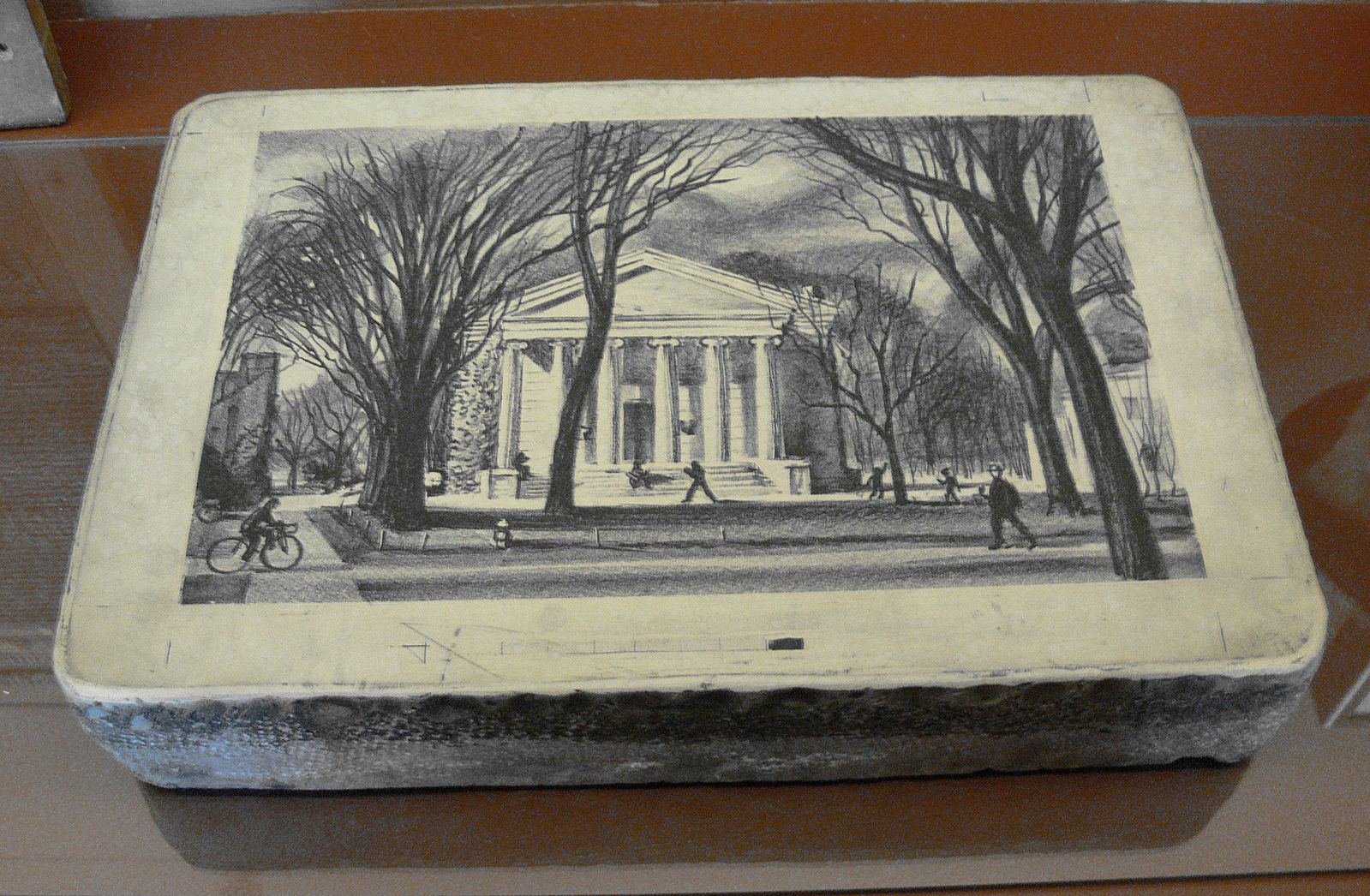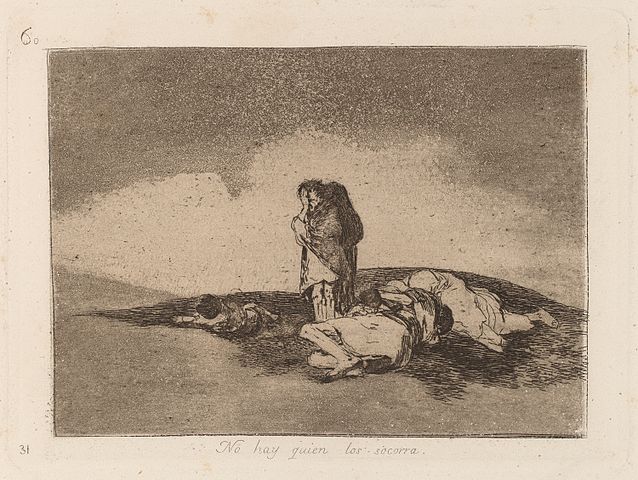Difference Between Lithograph and Print
Whether you’re an avid art collector or a fine art connoisseur, there is often some level of confusion over ‘what is a lithograph’ and ‘where it came from’. Many curious minds are still skeptical about its origin and find it difficult to distinguish this authentic print art technique in relation to other printmaking processes. Unlike many print arts and crafts practiced today, lithography has preserved a fairly authentic record of its origin. From the beginning, artists have been intrigued with this unique printmaking technique, as they were able to draw and paint directly onto the printing plate. In fact, many renowned artists, including Pablo Picasso, Andy Warhol, and Marc Chagall, have used this method for their art.
Throughout the nineteenth century lithography was primarily a graphic art form and as such is still held in high artistic repute. In the early nineteenth century, lithography was usually monotone and not favored for commercial purposes. Stones were used as the printing surface, which was an expensive method back then. By the end of the nineteenth century, stones were replaced with zinc and aluminum plates. It wasn’t until after the Centennial International Exhibition in 1876 in Philadelphia, where it gained a significant exposure that this print art form flourished. Let’s see if the work of art on a stone plate is any better than other printmaking processes, especially with a variety of prints available.

What is Lithograph?
Lithograph is an antiquated printmaking process using stones or metal plates. This print process is described in the very word lithography, which comes from two Greek words: ‘lithos’ meaning stones and ‘graphien’ means to write. It’s a unique yet old method of printing based on the immiscibility of oil and water. It is based on the simple principle than water and oil do not mix. Printing by lithography began in 1798 after it was invented by a German author, Aloys Senefelder, who was looking for a practical way to publish his plays. He called this new process chemical printing. Lithography brought the most important graphic revolution in the areas of text reproduction and printed images. By the 1850s, stones were replaced with metal plates, first zinc then copper in the 1890s.

What is Print?
A very few people, even the professional art connoisseurs, know the difference between an etching and a lithograph, or could tell a reproduction of a print from an original. Some of the world’s greatest artists have used printmaking to create compelling pieces of art, but then it’s surprising that very little is generally known about the subject. So, what is a print? A print is a work of graphic art which has been produced by a process which enables it to be multiplied. Printmaking, as the name suggests, is a technique of creating artworks by printing, normally on paper. The print is simply a drawing which the artist made on wood, metal plate or stone in order to be able to turn out many copies of it.
Difference between Lithograph and Print
Basics
– Lithograph is an antiquated printmaking process using stones or metal plates. This print process is described in the very word lithography, which comes from two Greek words: ‘lithos’ meaning stones and ‘graphien’ means to write. A print, on the other hand, is a work of graphic art which has been produced by a process which enables it to be multiplied. Printmaking, as the name suggests, is a technique of creating artworks by printing, normally on paper. In simple terms, a print is any pictorial image of which more than one copy exists.
Process
– Lithography is based on the simple principle that water and oil do not mix. A lithographic is created by drawing an image directly onto a flat printing surface using materials like oil-based inks, crayons, pencils, etc. From the drawing the prints are inked and pulled, and finally the ink is transferred to a sheet of paper by running the paper and the printing surface together through a special press. Prints, on the other hand, are typically done by mechanical devices. Lithographs are often confused with other forms of printmaking.
Identification
– Lithographs are copies of artwork made only in two ways, either by an artist or a machine. Machine printing is often called offset lithographs, and is confused with different types of print. Original lithographs are fine pieces of artwork created by drawing on a stone or a metal plate and then paper can be pressed onto the stone to create a replica of the original image. When seen under a magnifying glass, an original lithograph can be identified by its random dot pattern because being the original work, there should be irregularities in how the ink creates a randomly scattered dot pattern throughout the page. A print, on the other hand, should impose signs of mechanical reproduction.
Lithograph vs. Print: Comparison Chart

Summary of Lithograph vs. Print
Throughout the nineteenth century lithography was primarily a graphic art form and as such is still held in high artistic repute. Lithographs are original artworks by artists and are typically signed, while offset lithographic print and reproductions will have no signature. Lithography is a traditional form of printmaking based on the simple principle that water and oil do not mix. Unlike many print arts and crafts practiced today, lithography has preserved a fairly authentic record of its origin. Original lithographs can be identified by their random dot pattern that may show irregularities in the ink pattern. On the contrary, ink patterns that are neat clearly indicate involvement of mechanical devices.
- Difference Between Caucus and Primary - June 18, 2024
- Difference Between PPO and POS - May 30, 2024
- Difference Between RFID and NFC - May 28, 2024
Search DifferenceBetween.net :
8 Comments
Leave a Response
References :
[0]Griffiths, Antony. Prints and Printmaking: An Introduction to the History and Techniques. Berkeley, California: University of California Press, 1996. Print
[1]Hannavy, John. Encyclopedia of Nineteenth-Century Photography. Abingdon, United Kingdom: Routledge, 2013. Print
[2]Kilgour, Frederick G. The Evolution of the Book. Oxford, United Kingdom: Oxford University Press, 1998. Print
[3]Image credit: https://commons.wikimedia.org/wiki/File:Lithography_stone_Princeton_motif.jpg
[4]Image credit: https://en.wikipedia.org/wiki/File:Goya_-_No_Hay_Quien_Los_Socorra_(Nobody_Can_Help_Them).jpg

This was very helpful and educated me on the difference between lithograph work and a mechanical print. I was in the process of buying a signed lithograph and with this data, I can do that confidently. Thank you.
The explanation is very muddy and confusing. This article is meant for someone who has no clue on the subject. I wonder if anybody among the people who read it would be able to explain to me in their own words what a lithograph, print and printmaking are. I have extensive knowledge on the subject as I used to teach it back in Europe. However, I would not be able to understand much what you are trying to explain.
In my humble opinion, I think the author himself has all this mixed up a bit.
I agree with you, Alex. The only help was in the final part of this article. It was the section where there was a side by side comparison/contrast chart that I was finally able to come to a conclusion about the differences are between a lithograph and a lithograph print.
In my very limited experience as a novice collector and student, I’ve found that the price of said pieces are very different. A true lithograph has a much higher price tag than a print. The signatures are there as well. However, the lithograph shows a more “real” signature and is hand numbered, while, a print does show a signature and maybe a number, they are mechanical made. One can observe the variances simply by observing them in person. I hope I was able to help.
I agree. This is so unnecessarily redundant
Sorry but this is rambling and repetitive. It doesn’t really clarify anything.
I have 5 P. Buckley moss offset lithographs professionally matted and framed. Dating from 1994-1998. Would like to sell them but very confused on their value and where to sell as soon as possible. Any help? Thank you
Not much help for the uninitiated…like me. For example, I understand dots in photography and camera print-making, but why would there be dots on an item pulled from a stone? Surely there must be some other way a magnifying glass would reveal the origin.
I found what I think are some old lithographs. How do I get some info on identifying them?